The Gravity Analog 20A Current Sensor operates on the Hall current sensing principle. It's a top - choice for both AC and DC current measurements. With a wide voltage range, it can handle various electrical scenarios. It has a compact design, taking up very little space on your circuit board. And the best part is, you don't need to do any soldering! It offers high - precision results, making your electrical projects more accurate. For safety, high - voltage isolation has been added to the circuit design. A non - conductive acrylic plate at the bottom of the PCB protects you from short - circuits, electric shocks, and other potential hazards. This sensor is the latest addition to our Gravity series. All Gravity components come with a standard 3 - pin interface, making it super easy to use and connect to any Arduino - compatible board. It's perfect for all automation control applications.
**Features**
- Gravity 3 - pin interface for easy connection
- Analog voltage output
- High - voltage isolation for safety
- Capable of measuring both DC and AC current
**Specifications**
- Power Supply: +5.0V
- Current Range: 0 ~ ±20A DC, 0 ~ 17A (RMS) AC
- Measurement Endure: 220V AC, 311V DC
- Relative Error: ±3%
- Dimension: 39 * 22 * 17mm/ 1.53 * 0.87 * 0.67 inches
- Interface: Gravity PH2.0 - 3P
- Weight: 18g
**Documents**
- Product Wiki
- More Documents
**Shipping List**
- Gravity: Analog 20A Current Sensor x1
- Gravity Analog Sensor Cable x1
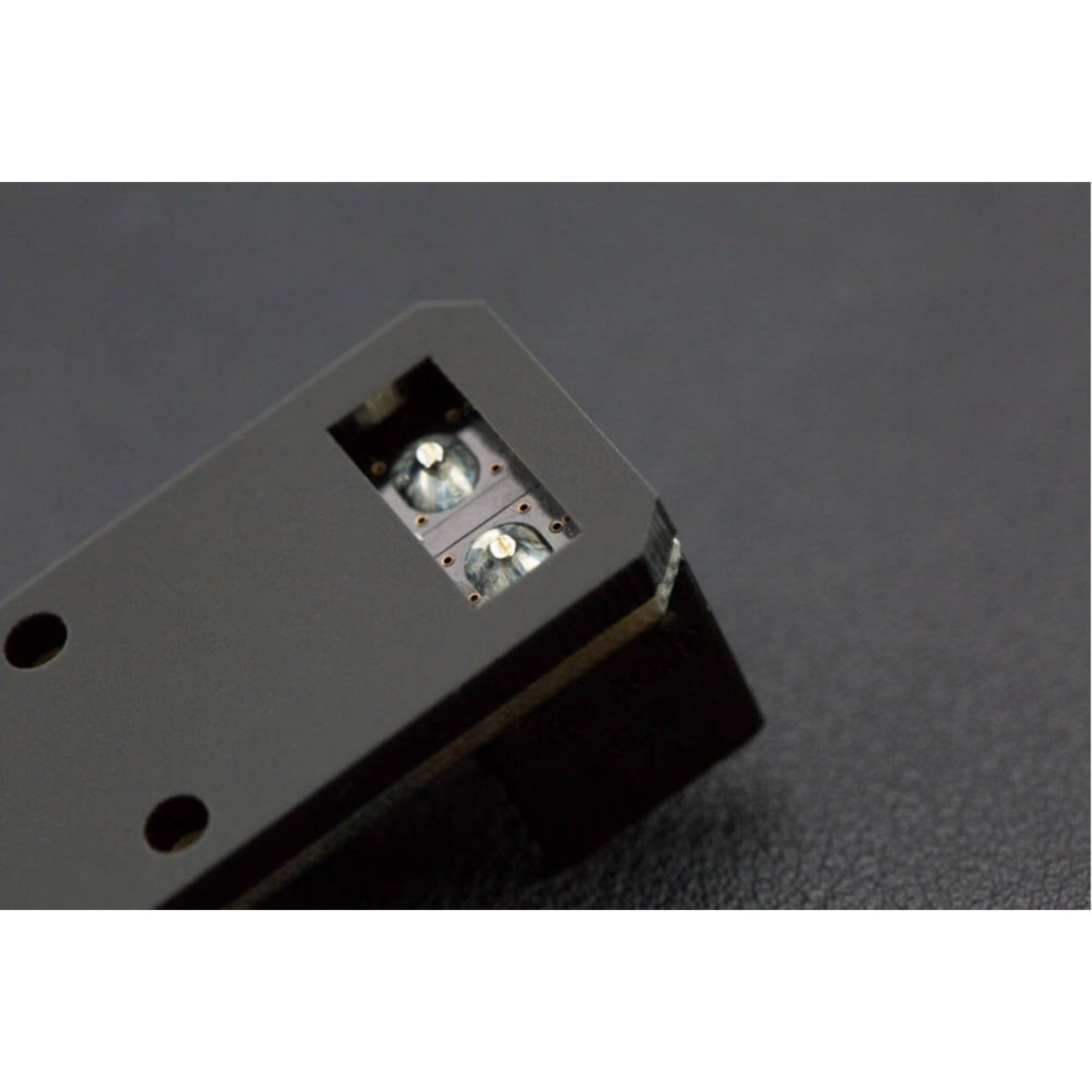
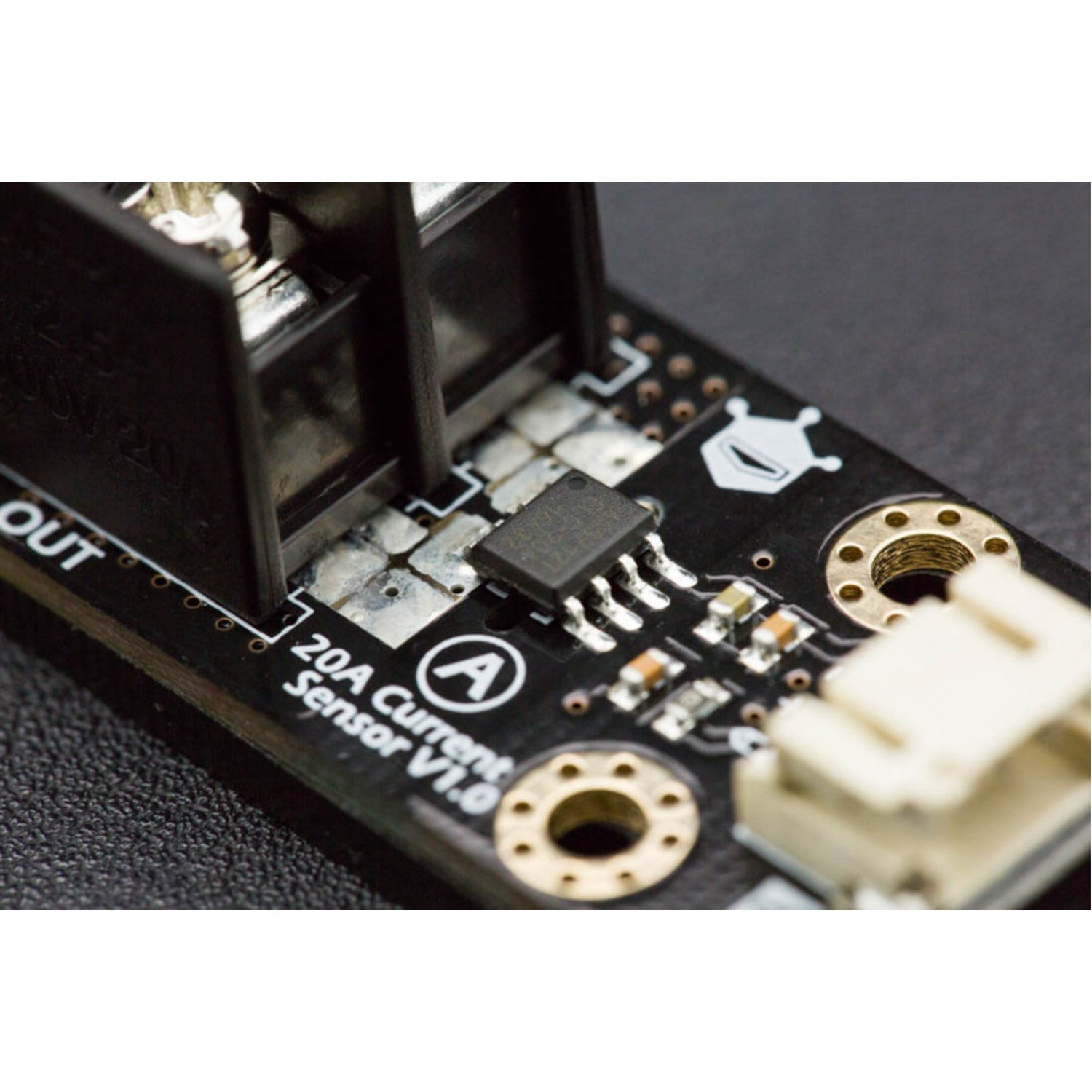
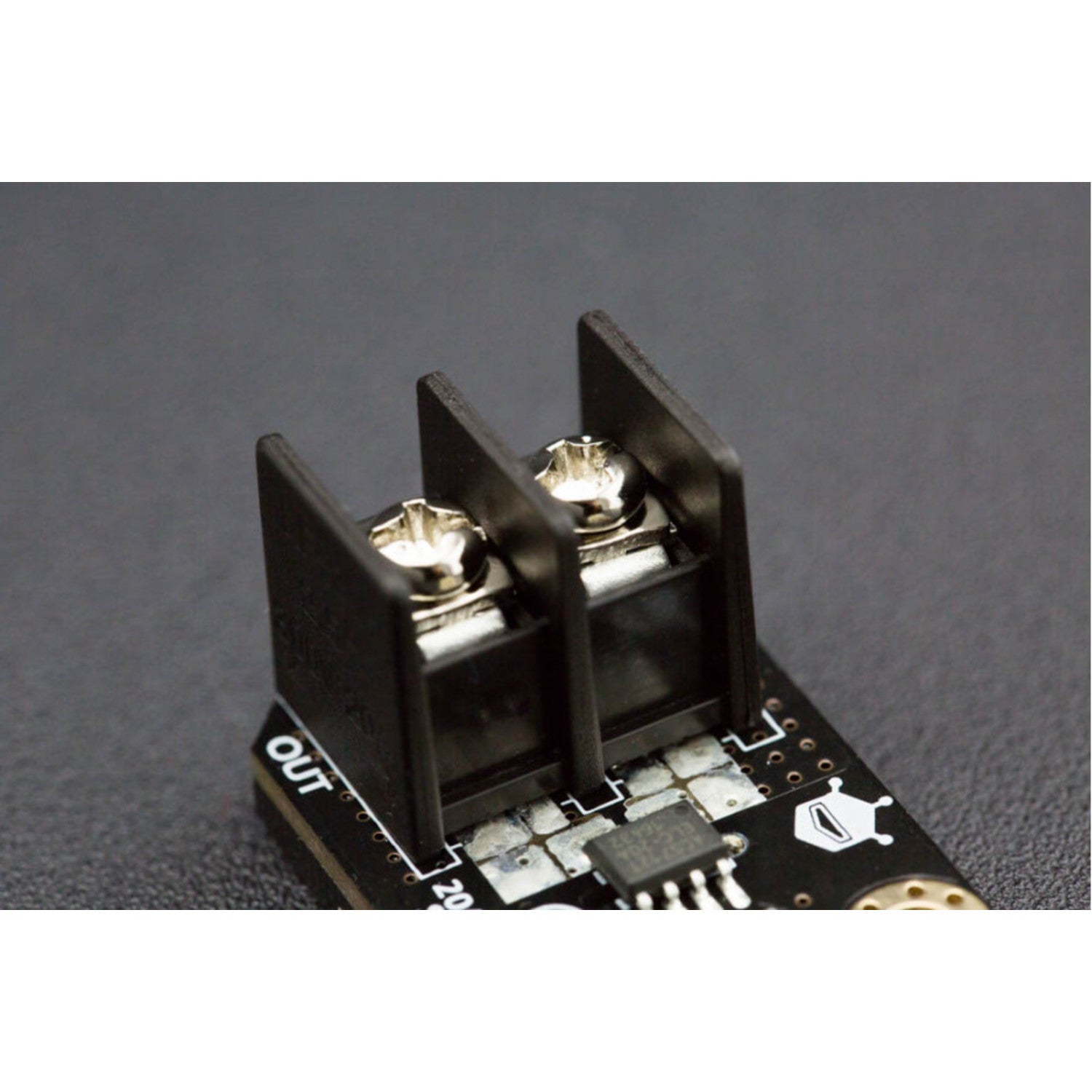
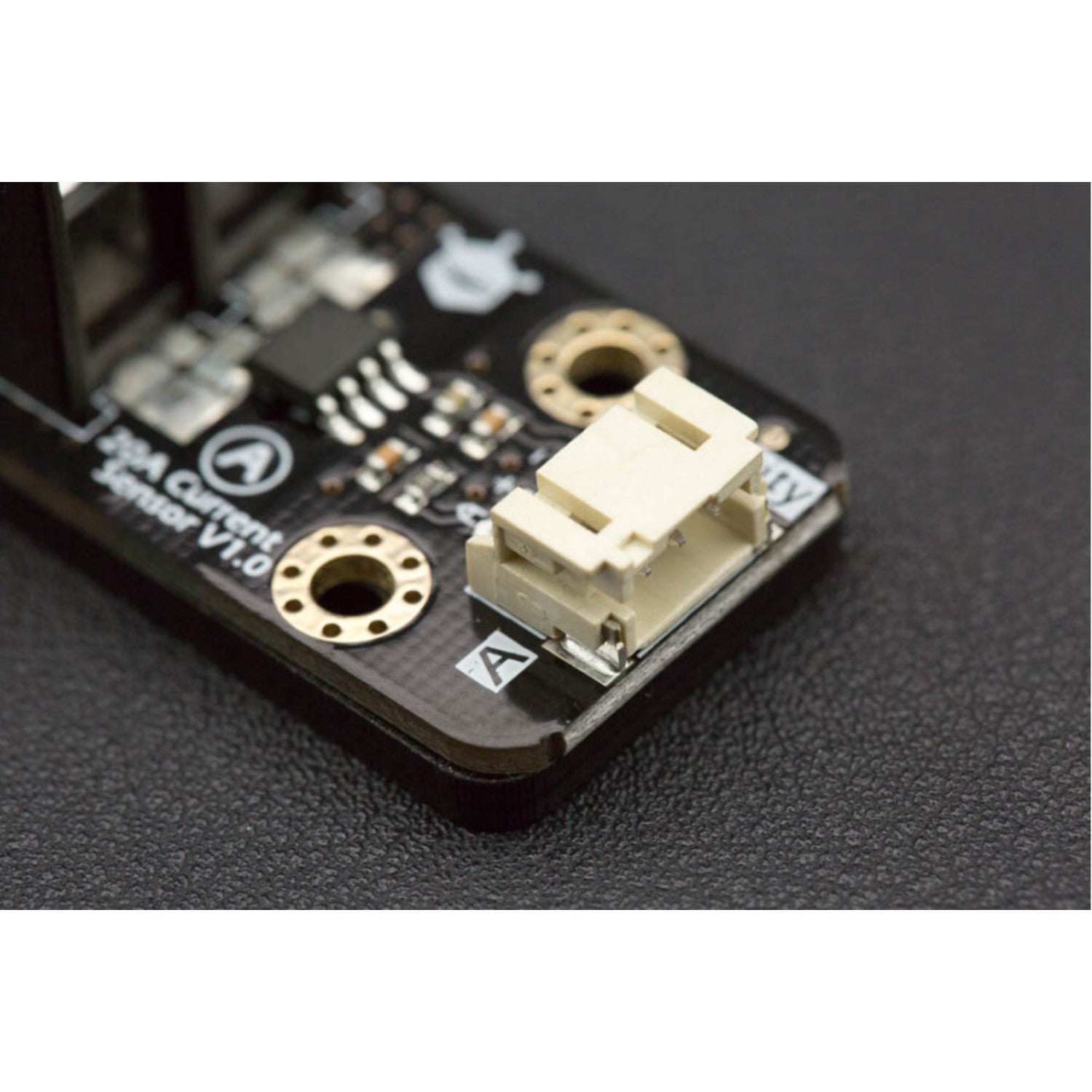
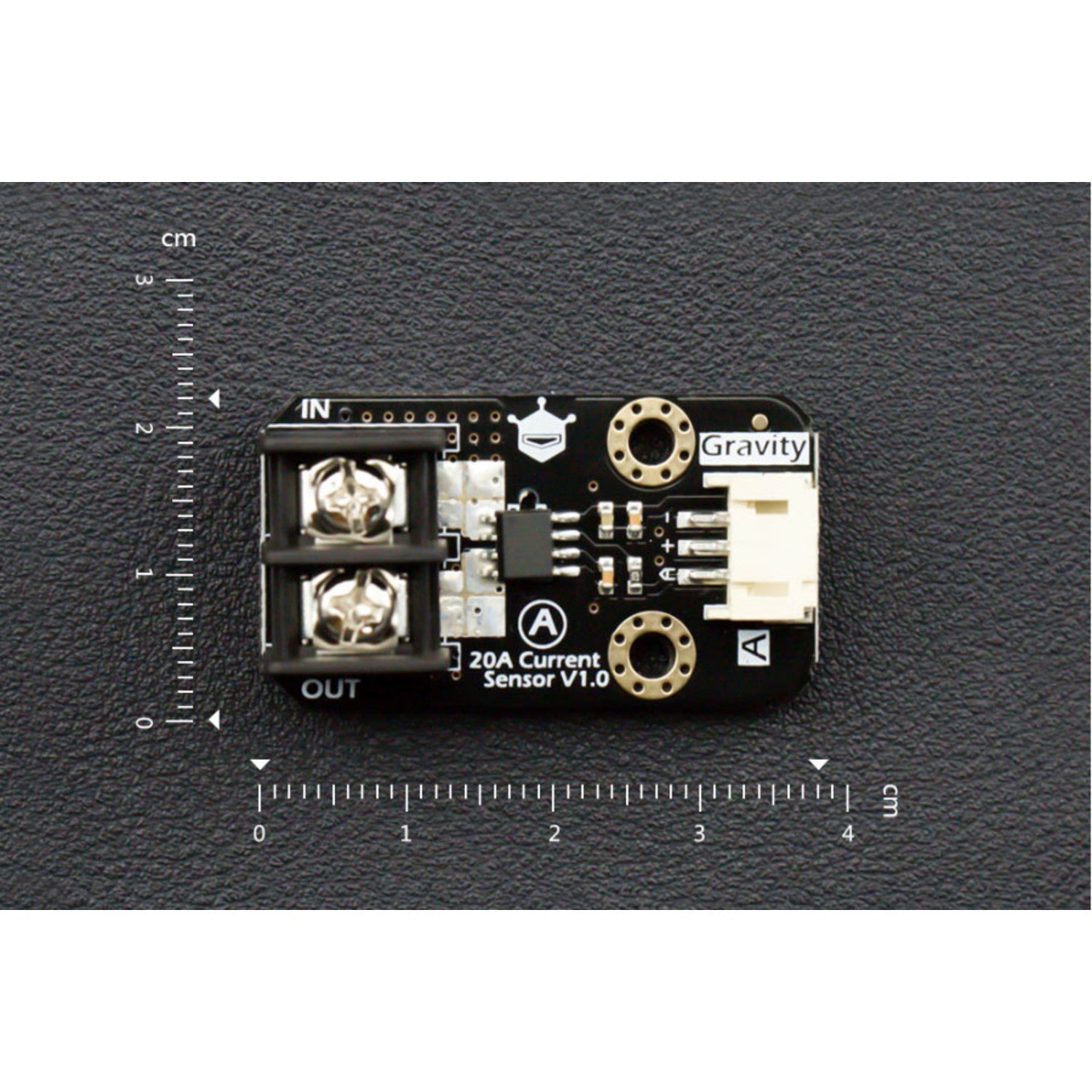
Using the Gravity Analog 20A Current Sensor is a breeze. First, connect it to your Arduino - compatible board using the included Gravity Analog Sensor Cable and the standard 3 - pin interface. You don't need to solder anything, so it's very user - friendly. Once connected, power it with +5.0V. It can measure both DC current in the range of 0 to ±20A and AC current up to 17A (RMS).
When using it, always make sure the voltage doesn't exceed the measurement endurance of 220V AC or 311V DC. The high - voltage isolation and the non - conductive acrylic plate at the bottom of the PCB offer good protection, but still, be careful to avoid short - circuits and electric shocks.
For maintenance, keep it in a dry and clean place. There's no complex upkeep required. If you have any questions, refer to the product wiki or other available documents. Enjoy using this sensor in your automation control projects!